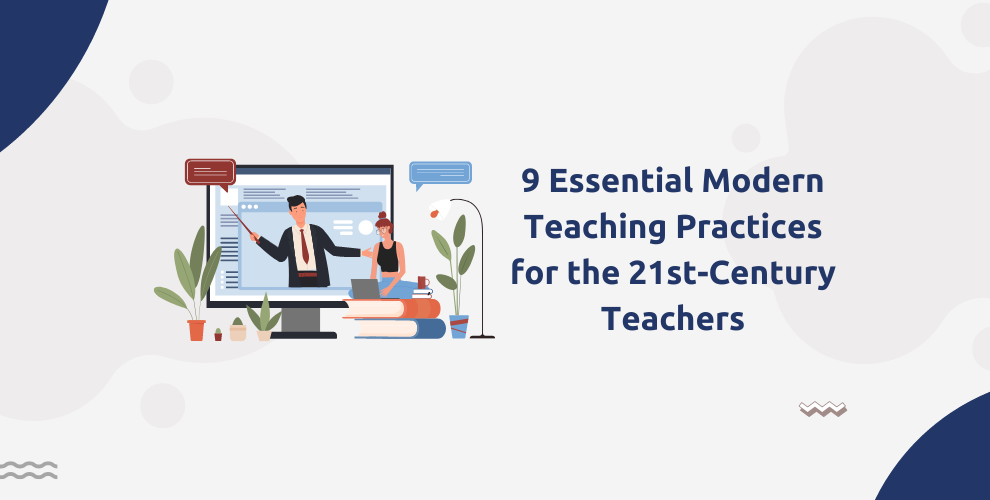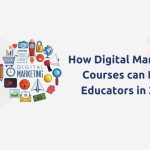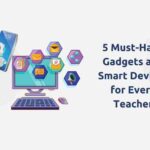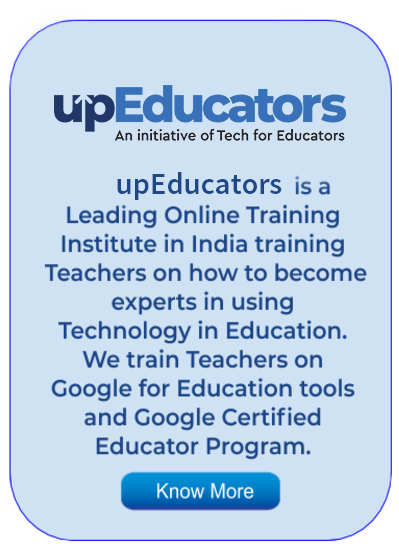Ms Jyoti, a high school English teacher, noticed that her students were finding it difficult to comprehend complex literary concepts. To tackle this issue, she integrated interactive online tools such as Kahoot, Quizlet, and Google Docs into her teaching methods. She used Kahoot and Quizlet to create review games and quizzes that were engaging and fun, while Google Docs were used for collaborative group projects and writing assignments. By leveraging technology in her teaching, Ms. Jyoti was able to increase student engagement, which resulted in improved academic performance and greater confidence in her students.
On the contrary, Ms. Shruti, a middle school math teacher, lacked knowledge of technology integration in the classroom. She relied on traditional teaching methods like lectures, worksheets, and textbooks that often made her students bored and disinterested. As a result, her students found it challenging to understand and apply mathematical concepts, leading to poor grades and low self-esteem.
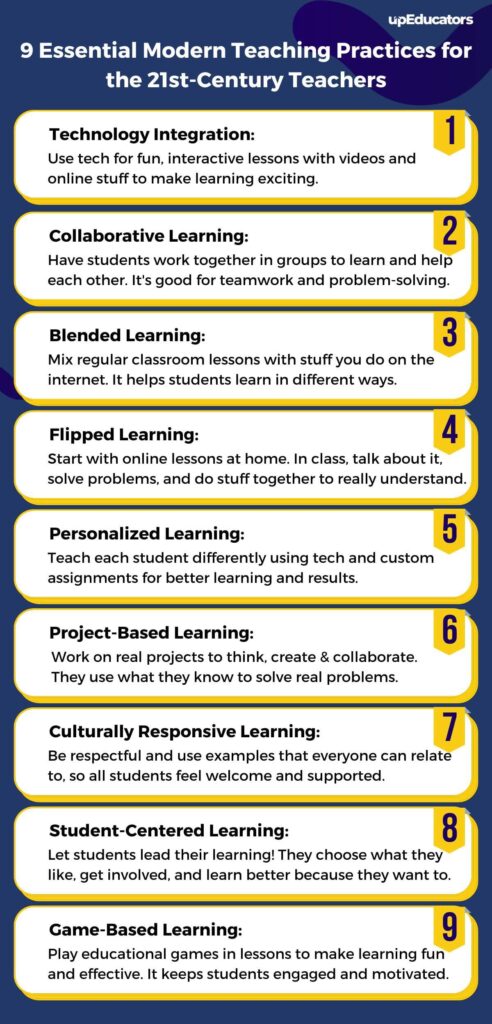
The example above shows the importance of teachers being open to learning and adapting to new technologies and modern teaching practices to enhance their teaching and support students’ academic growth. Ms. Jyoti’s success story showcases how technology can be a valuable tool in creating an interactive learning environment and increasing student engagement. On the other hand, Ms. Shruti’s failure to integrate technology shows how relying solely on traditional teaching methods may hinder students’ progress and success.
Importance of Modern Teaching Practices
In today’s fast-paced and ever-evolving world, it is crucial for educators to adopt modern teaching practices that are in line with the latest technological advancements and learning theories. Modern teaching practices refer to innovative and effective teaching methods that cater to the diverse learning styles and needs of students, utilizing technology and other resources to create an engaging and interactive learning environment. These practices emphasize student-centered learning, collaboration, critical thinking, and problem-solving skills, which are essential for students to succeed in the 21st century workforce. This blog explores the different modern teaching practices and highlights how they can improve the quality of education and support student success in today’s rapidly changing world.
Technology Integration
As technology continues to advance at an unprecedented rate, it has become increasingly important for educators to integrate technology into their teaching practices. Technology integration is a modern teaching practice that involves using digital tools and resources to enhance student learning and engagement. It allows teachers to create an interactive and personalized learning environment that meets the needs and preferences of diverse learners. By leveraging technology in their teaching, educators can facilitate more effective communication, collaboration, and knowledge sharing, as well as support students in developing critical thinking, problem-solving, and digital literacy skills.
Collaborative Learning
Collaborative Learning is an essential modern teaching practice because it allows students to work together in groups to achieve shared learning goals. This approach to learning encourages students to engage with one another, share ideas, and work collaboratively to achieve a common objective thus developing 21st century skills in the learners.
Collaborative Learning encourages students to participate actively in the learning process. Instead of sitting back and passively absorbing information, students are actively engaged in discussions and activities, which can lead to a deeper understanding of the material.
In the modern workforce, teamwork skills are highly valued. Collaborative Learning helps students develop these skills by working together in groups, communicating effectively, and solving problems as a team.
Blended Learning
Blended Learning, which combines traditional classroom instruction with online learning, is an essential part of modern teaching practices. Blended learning allows for greater flexibility in the learning process. Students can access materials and participate in learning activities online, which allows them to work at their own pace and on their own schedule. This is particularly important for adult learners who may have work or family responsibilities that make it difficult to attend traditional classes.
It allows for a more personalized learning experience. Online learning tools can be used to assess students’ knowledge and skills and provide customized feedback and learning materials. This can help students to focus on areas where they need more support and progress more quickly through areas where they are already proficient.
Blended Learning can be a cost-effective way to deliver instruction. Online learning tools can reduce the need for physical classroom space and can allow instructors to reach a larger number of students with fewer resources.
Flipped Learning
Flipped Learning is an essential modern teaching practice that every teacher must know and use because it can significantly enhance the learning experience and outcomes of students.
Flipped Learning involves reversing the traditional approach to teaching where students watch or read instructional materials before coming to class and then use the class time to apply the concepts learned through interactive activities and discussions. It allows students to learn at their own pace and focus on areas where they need more support, leading to better learning outcomes.
Personalized Learning
Personalized Learning is a necessary modern teaching practice for every teacher because it can significantly enhance the learning experience and outcomes of students.
Personalized Learning is an approach that tailors teaching to the individual learning needs, interests, and abilities of each student. Personalized learning allows students to focus on areas where they need more support, leading to better learning outcomes. It promotes critical thinking skills by allowing students to explore concepts in a way that is meaningful and relevant to them.
Project-based Learning
Project-based Learning (PBL) is a teaching approach where students engage in an extended project that involves solving a real-world problem or answering a complex question. This approach is becoming increasingly essential in modern education for several reasons.
Project-based Learning requires students to use critical thinking and problem-solving skills to solve real-world problems. By doing so, they develop a deeper understanding of the subject matter and become better equipped to apply their knowledge in new situations.
Moreover, in a Project-based Learning environment, students often work in groups to complete a project. This approach encourages collaboration and teamwork skills, which are essential in today’s workforce.
Culturally Responsive Learning
Culturally Responsive Learning acknowledges and values the diversity of students’ cultures, backgrounds, and experiences. It creates a safe and inclusive learning environment where all students feel valued, respected, and supported. It recognizes that students’ cultural backgrounds and experiences can affect their learning. By incorporating these backgrounds and experiences into the learning process, teachers can make the content more relevant and meaningful to students, leading to improved academic outcomes.
Student-Centered Learning
In a Student-Centered Learning environment, students take an active role in their own learning. This promotes engagement and motivation, which can lead to better academic outcomes. By taking an active role in their own learning, students develop critical thinking skills that they can apply to new situations.
Moreover, students have different learning styles and preferences. Student-centered learning provides opportunities for students to learn in ways that work best for them.
Game-based Learning
Game-based Learning is an educational approach that uses games and game design principles to facilitate learning. It is an essential modern teaching practice for 21st century teachers because it engages students in a way that traditional teaching methods cannot. Games are inherently motivating and provide immediate feedback, which can increase students’ interest in learning and help them retain information more effectively.
Game-based Learning also provides opportunities for students to develop critical thinking, problem-solving, and collaboration skills. Games often require players to think creatively and strategically, work together to achieve a common goal, and make decisions based on their own understanding of the game mechanics. These skills are important for success in the 21st century workplace, where teamwork, problem-solving, and innovation are highly valued.
Essential Modern Teaching Practices are crucial for teachers to ensure that they are providing a high-quality education that prepares students for the demands of the 21st century. Project-based learning, culturally responsive learning, and student-centered learning are three practices that stand out as particularly important. These approaches promote critical thinking, collaboration, equity, and inclusion, while also aligning with modern educational goals.
As the world continues to change, it is important for teachers to stay up-to-date with the latest teaching practices to ensure that their students are receiving the best education possible. Teachers can pursue skill development courses like the Innovative Teaching Practices course that helps teachers in implementi g these modern teaching practices in their classrooms.
Author: This article is written by Samiya Rashid for upEducators blog.
